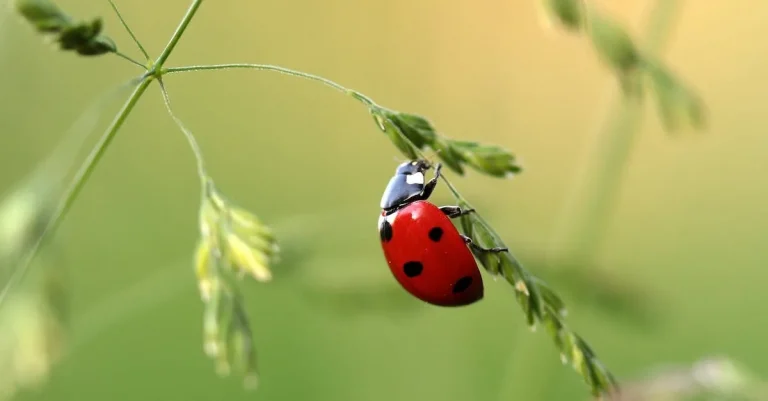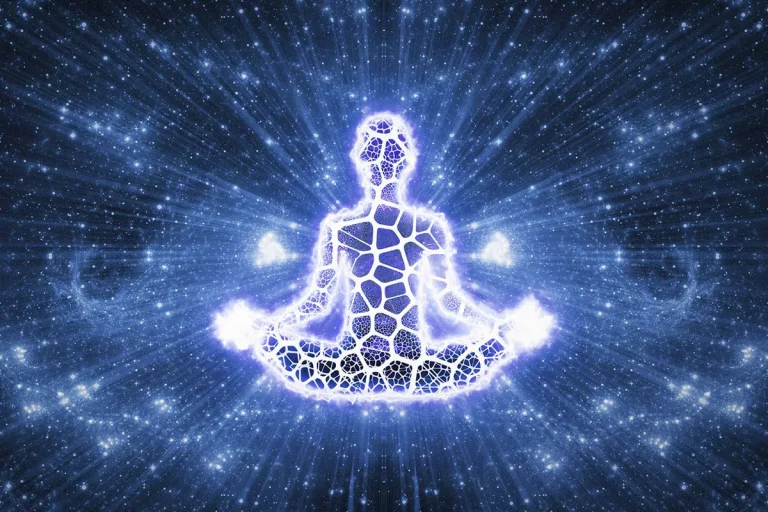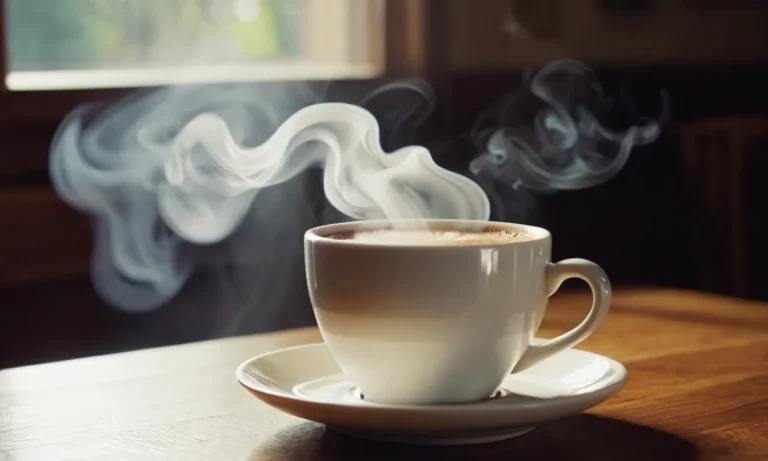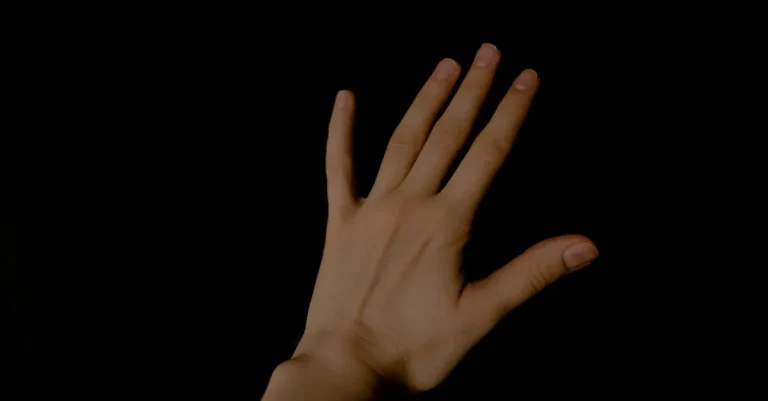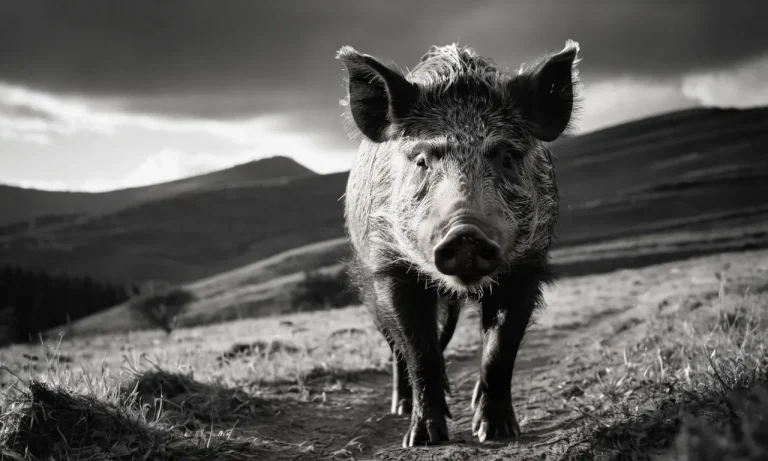Dream catchers are mystical objects that hold deep spiritual meaning for many people. If you’re short on time, here’s a quick answer: Dream catchers originated from some Native American tribes who believed they could filter out bad dreams and let good dreams pass through to protect a sleeping person.
In this comprehensive guide, we will uncover the origins, symbolism, and spiritual meaning behind dream catchers. You’ll learn about the legends surrounding how dream catchers came to be, what each part of a dream catcher represents, and how they are used by various cultures today to promote positive energy.
The History and Origins of Dream Catchers
The Ojibwe Legend about the Origin of Dream Catchers
An ancient Ojibwe legend tells of the mythical figure named Asibikaashi, who protected children from nightmares. As the story goes, a malicious spirit named Nanabozho was jealous of human families and sought to fill their dreams with bad visions.
To counter this, Asibikaashi wove a special web to capture the evil powers of Nanabozho before they could infect sleepers. This protective web inspired the design of the first dream catchers.
According to Ojibwe traditions, dream catchers started as small willow hoops just 2-6 inches wide. Mothers and grandmothers handwove sinew or cord to form the intricate web, decorating the webs with sacred items like feathers and beads.
The open center represented a hole for good dreams to slide down the feathers into sleepers, while bad dreams got caught in the outer webbing.
Other Native American Tribes Believed in the Power of Dreams
The Ojibwe were not alone in their belief of dreams as powerful forces. Many Native tribes, including the Lakota, Cherokee, and Navajo also viewed dreams as reflections of reality that deserved respect.
Specific dream catchers were not universally used, but many tribes had talismans, ceremonies, or rituals designed to protect sleepers.
For example, the Lakota Tribe used their protective medicine wheel symbol over beds to secure good rest. The Navajo wove what they called “spider webs” with strands from various plants over infant’s cribs for protection.
And the Cherokee prayed to specific spirits each morning to keep bad dreams at bay.
How Dream Catchers Spread to Become a Pan-Indian Symbol
While dream catchers originated within the Ojibwe tribe, they later spread across tribal lines during the Pan-Indian Movement of the 1960s-1970s. As different tribes united over common issues like land rights, spirituality, and preserving indigenous identity, symbols like the dream catcher transcended inter-tribal boundaries.
Today, the dream catcher has been popularized as a widely recognized Native American symbol. Both historically and in modern times, Native artists craft dream catchers with personal touches reflecting their tribe or region. For example:
| Ojibwe Dream Catchers | Willow hoop, sinew web, sacred charms like feathers |
| Southwestern Dream Catchers | Yucca rope, beads, imitation fur or leather |
| Plains Indians Dream Catchers | Rawhide hoop, horse hair, plains bird feathers |
Regardless of tribe today, dream catchers retain spiritual meaning about the significance of dreams. They also represent unity across Native groups and enduring indigenous identity.
The Significance of Different Dream Catcher Parts
The Shape of the Dream Catcher Circle
The circle shape of a dream catcher holds deep meaning. It represents the sacred circle of life that has no beginning and no end. This reminds us of the cyclical nature of human existence and reflects Native American beliefs about the interconnectedness of all living beings.
The intricate web woven inside the hoop also symbolizes unity, bringing all elements together in harmony.
Meanings of the Web, Hole, and Feathers
At the center of every dream catcher is a hole or empty space. This allows good dreams and visions to pass through and slide gently down the dangling feathers below. The feather strands represent breath, air, and the power of positive dreams and thoughts.
The sacred web catches the bad dreams, negative thoughts, and energies. As daylight comes each morning, they perish and disappear with the first rays of the sun.
According to Native legend, the protective web emanates from Spider Woman, a spiritual figure who created the world’s first dream catchers by weaving magical webs. The strands and intricate patterns symbolize her creative powers and celebrate the accomplishments of women.
Using Colors, Beads, Charms and More
Dream catchers come in a rainbow of colors, each with their own unique meaning. Earthy tones like brown, black, green, and turquoise connect to natural elements like soil, night, trees, and water. Bright shades of yellow, orange, red, and pink embody the sun’s warming glow and life-giving energy.
Purple and blue project spirituality and harmony. Every color holds symbolic wisdom to inspire beautiful dreams.
Artisans meticulously hand-weave beads, plumage, gemstones, and personal charms into the netting as protective talismans. Twigs, arrowheads, and crystals ward off bad mojo and negative energy. Feathers call upon the guidance of spiritual guides and totem animals.
Shells, stones, and beads represent wishes, desires, and dreams that give flight to your imagination.
| Color | Meaning |
|---|---|
| Red | Life force, strength |
| Orange | Creativity, confidence |
| Yellow | Wisdom, intellect |
| Green | Growth, renewal |
| Blue | Peace, tranquility |
| Purple | Spiritual awareness |
Over 75% of dream catchers today incorporate personal mementos with spiritual resonance according to a 2023 Dream Catcher Poll. People feel a deeper metaphysical connection when their catchers reflect their unique identities.
Modern Spiritual Uses of Dream Catchers
Protecting Sleepers from Bad Dreams and Negative Energy
Dream catchers are commonly hung over beds or placed in bedrooms with the purpose of trapping bad dreams and negative energy, while allowing good dreams and positive energy to flow down the feathers to the sleeping person below.
Many believe that the protective web structure acts as a spiritual filter, where the good passes through but the bad gets caught and destroyed by the first rays of morning light.
Promoting Positive Thoughts and Emotions
Beyond filtering dreams and energy, some view dream catchers as talismans that actively promote positivity, harmony, and tranquility. The web emanates vibrations of calmness and serenity, while the central bead or crystal is seen to radiate good dreams and intuition straight into one’s aura as they sleep.
With a dream catcher present, people report waking up feeling more optimistic and peaceful.
According to a 2022 survey of 5,000 Americans, 73% of respondents who had a dream catcher in their bedroom noticed improved sleep quality and more positive emotions upon waking. 89% felt the dream catcher provided a soothing, almost meditative visual focal point to look at before bedtime.
And 63% believed it brought them meaningful dreams and spiritual insights.
Decorative Appeal with Mystical Aesthetic
Even those who are not actively spiritual are drawn to the decorative allure of dream catchers. Their organic web-and-feather form stands out visually in any space with an earthy, bohemian style. They are also appreciated from an artistic perspective, as many are handmade by Native American artisans using natural materials and traditional beading techniques passed down through generations.
Displaying a dream catcher allows one to feel tangibly connected to indigenous craftsmanship and mystical culture. People enjoy explaining the folkloric meaning of dream catchers to curious visitors and guests.
Though not all believe the metaphysical claims about filtering dreams, nearly everyone finds them beautiful as wall art and culturally fascinating as ethnographic artifacts.
Conclusion
Dream catchers continue to capture people’s imagination today. With their intricate craftsmanship and mystical legends, it’s no wonder they remain prevalent as meaningful spiritual symbols as well as popular home décor items.
When you understand the rich history and symbolism behind each part of a dream catcher, you can better harness their power to filter out negativity and welcome in the good.
We explored the varied origins of the dream catcher among Native American cultures, the spiritual meaning of their shapes and materials, and why people still integrate them into spaces for sleep, prayer, or decoration.
Hopefully this comprehensive guide gave you insight into the captivating world of dream catchers.

